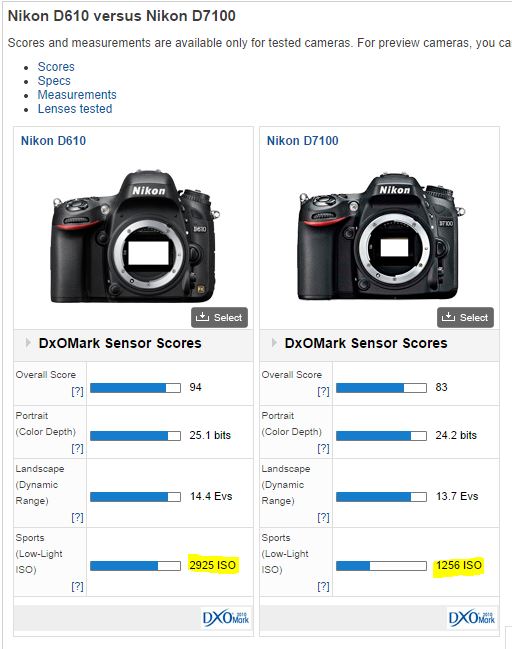 Originally posted by jsherman999
Originally posted by jsherman999 
Here, I gave this example earlier - please read it carefully and consider it::
Two formats, let's assume same sensor efficienncy/generation - same FOV and F-stop and shutter speed (same exposure) :
FF: 70mm f/2.8 = 70 / 2.8 = 25mm physical aperture
m43: 35mm f/2.8 = 35 / 2.8 = 12.5mm physical aperture
So even though they have the same exposure (light density,) the FF image would have more Total Light due to twice the physical aperture (25mm vs 12.5mm) used to get the same FOV, and thus it would have two stops better SNR, better DR - and also two stops less DOF. This is precisely how FF get's it's noise advantage.
I don't think this is correct at all
If you "SNR" means signal to noise ratio, it is intrinsic the each sensor well, not the overall sensor.
It is not related to the array size or the quantity of such wells, or the "Total Light" on the overall sensor.
Signal to noise ratio is related to the integrated charge on the photodiode that is coupled to the cmos gate.
Of course, signal to noise ratio varies with type and size of sensor
If your "Total Light" means the integral over the sensor array of luminous flux per solid angle arriving from the lens,
that is not related to signal to noise ratio in each well either.
I never read about such "Total Light" I don't think it is germane to sensor performance, it is not related to the integrated charge on each well.
The integrated charge on each well is related to the photons arriving at the photodiode which is proportional to the varying luminous flux at each spatial well position, which forms the image.
It can be easily seen that dark areas on a sensor have a different (and worse) signal to noise ratio than the bright areas.


 Similar Threads
Similar Threads 



 Although the truth is my wife uses it for pinholes when we are out shooting. Yes I am the same handle on LF and APUG and have noticed you posting on LF before. I am not very active on any of them.
Although the truth is my wife uses it for pinholes when we are out shooting. Yes I am the same handle on LF and APUG and have noticed you posting on LF before. I am not very active on any of them.







 Post #4 by Dartmoor Dave
Post #4 by Dartmoor Dave








